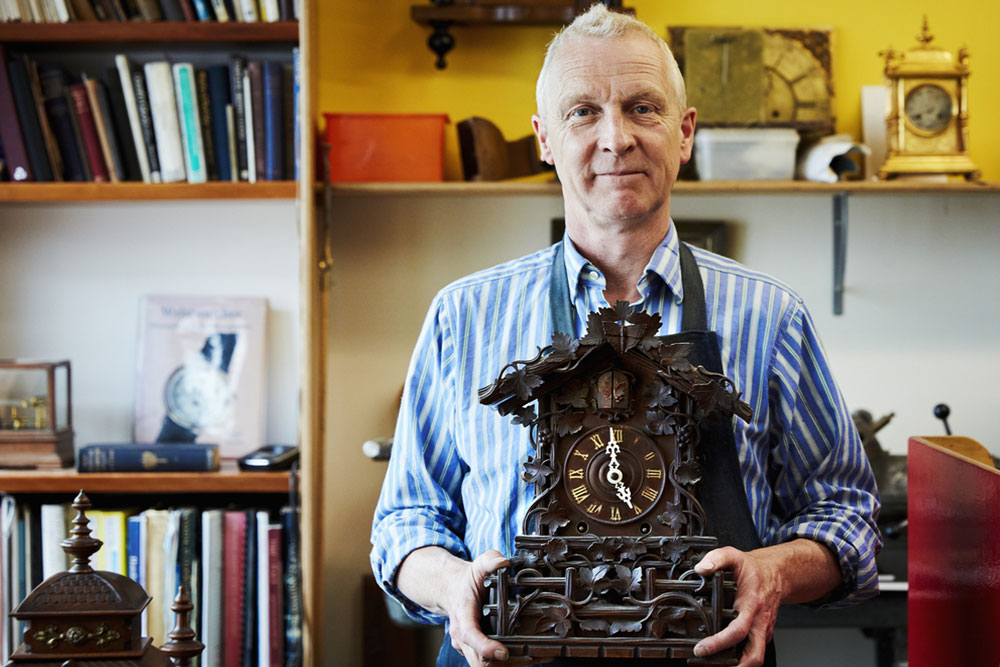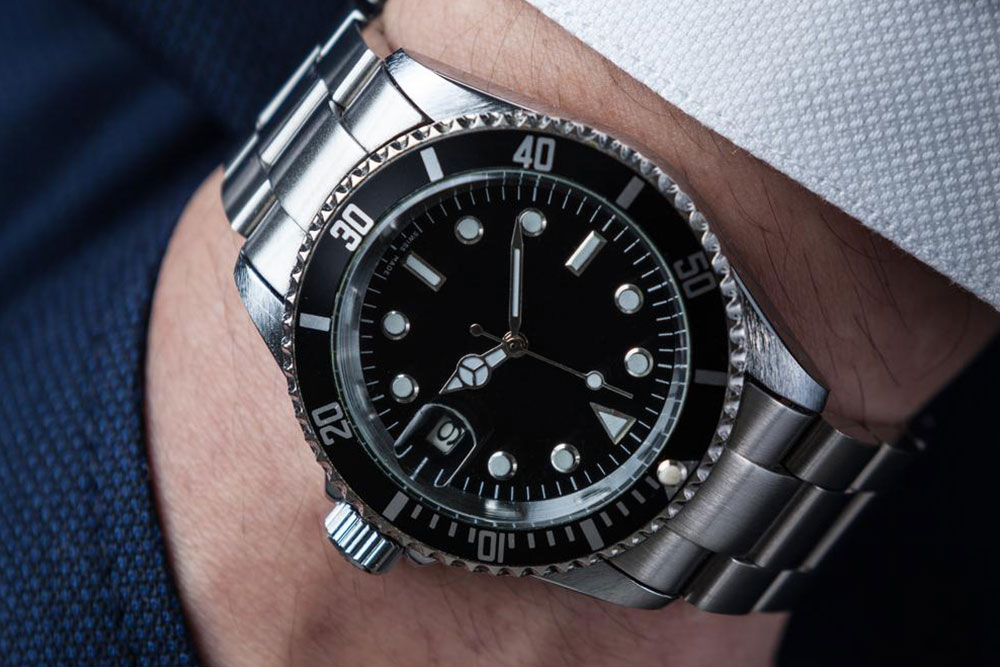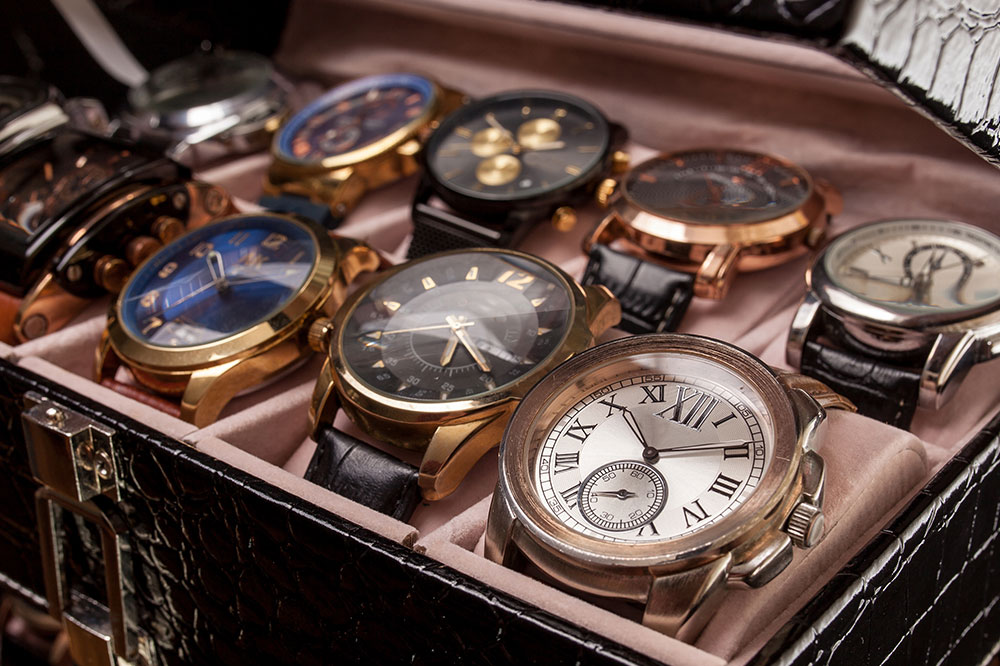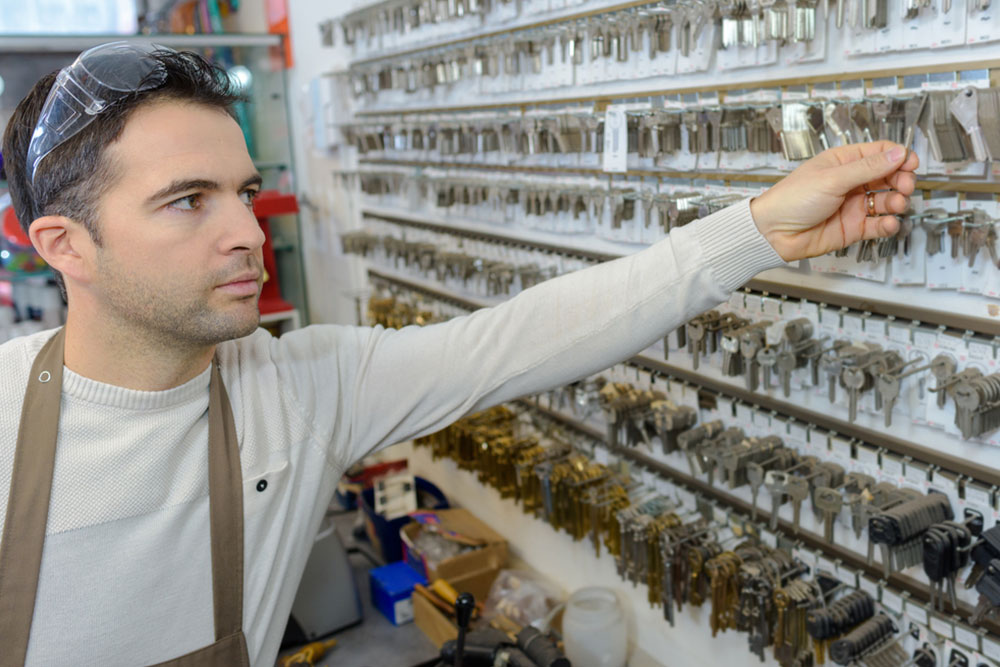Comprehensive Guide to Distinguishing Clock Repair from Restoration
This comprehensive guide explains the key differences between clock repair and restoration. It details the processes, skills required, and tips for choosing the right professionals to preserve your valuable timepieces. Whether addressing mechanical issues or restoring historical beauty, understanding these distinctions helps ensure your clock remains functional and historically accurate. Proper maintenance and expert restoration can preserve the legacy and value of your treasured clocks, transforming them into stunning heirlooms. Learn how to care for your clocks with confidence in this detailed overview.
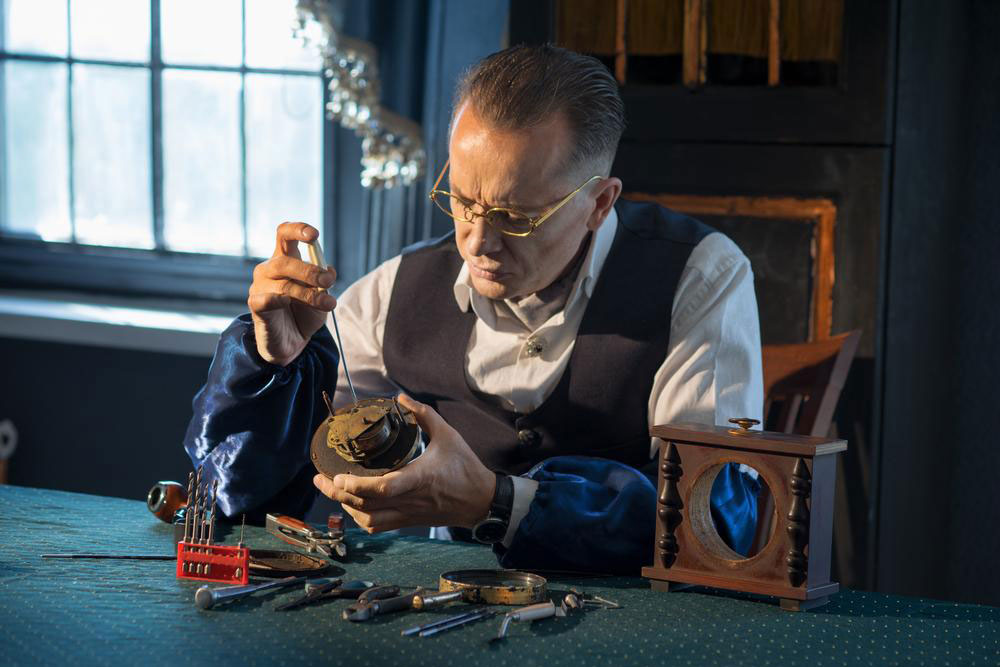
Understanding the Key Differences Between Clock Repair and Clock Restoration
Clocks are timeless pieces that blend craftsmanship, history, and artistry. As with any antique or valuable timepiece, understanding whether your clock requires basic repair or a full restoration is crucial to maintaining its value, functionality, and aesthetic appeal. While these terms are often used interchangeably, they refer to two distinct processes, each demanding different skills, tools, and levels of craftsmanship.
Clock repair typically addresses mechanical issues or minor damages, aimed at restoring the clock to working order without altering its original appearance or structure. On the other hand, clock restoration involves a delicate, often extensive process that aims to preserve or restore the clock's original look, charm, and historical integrity. This comprehensive guide explores the nuances between repair and restoration, the skills involved, key considerations, and tips for choosing the right professionals for your treasured timepiece.
What Is Clock Repair?
Clock repair is a common process undertaken when a clock exhibits functional issues such as inaccurate timekeeping, stuck gears, or broken springs. This process involves a series of precise steps, including disassembling the clock, inspecting its mechanical parts, cleaning components to remove dirt and old lubricants, and replacing broken or worn-out parts. Afterward, the clock is carefully reassembled, calibrated, and tested to ensure accurate performance.
Most routine repairs can be performed by local clock repair shops or skilled technicians who have basic knowledge of horology. The main aim is to restore the clock’s mechanical function while preserving as much of the original parts as possible. Given that repair work is often non-invasive, it tends to be less costly and faster to execute compared to full restoration.
What is Clock Restoration?
In contrast, clock restoration is a highly specialized process that involves bringing an old, damaged, or esthetically degraded clock back to its original glory, often preserving its antique character. Restoration is both an art and a science, requiring extensive experience, historical knowledge, and craftsmanship. Restorers work meticulously to repair or replace parts without compromising the clock’s authenticity, often repairing or recreating original dials, gilding, silvering, and decorative features.
Restoration is generally undertaken for valuable antiques, family heirlooms, or clocks of historical significance. The goal isn’t just to make the clock functional, but to retain or recover its original aesthetic and historical details. This process may involve cleaning, refinishing, re-gilding, and even recreating missing parts based on historical records and expert research.
Skills and Expertise in Restoration
Restoring antique clocks demands a high degree of expertise. Skilled horologists or master clockmakers possess knowledge of various clock types, mechanisms, and historical styles. They’re familiar with preservation techniques, precision craftsmanship, and high-quality materials that match the original construction. Restorers often work on complex timepieces such as bracket clocks, carriage clocks, French clocks, fusee clocks, wall clocks, mantle clocks, and chronometers.
Beyond mechanical skills, restoration involves restoring aesthetic details—dial faces, gilding, silvering, marquetry, and decorative elements. This requires a keen eye for detail, patience, and artistic ability to retain the clock’s original charm while ensuring its longevity.
Process of Clock Restoration
The restoration process typically consists of several meticulous stages:
Disassembly: Carefully taking apart the clock to assess all components, noting areas of damage or wear.
Cleaning: Removing dirt, corrosion, and old lubricants from all parts to inspect their condition.
Repair and Replacement: Restoring or recreating damaged or missing parts, often using traditional methods or materials that match the original design.
Refinishing and Detailing: Restoring gilded surfaces, painted dials, and decorative elements to their original appearance.
Reassembly and Calibration: Putting the clock back together, adjusting the movement, and testing for accuracy.
Throughout each stage, expert craftsmanship and attention to detail are essential. Every repair must blend seamlessly with the original design to preserve the clock's historical and aesthetic value.
Choosing the Right Service for Your Clock
If you own a vintage or antique clock with sentimental or monetary value, it’s crucial to select a reputable and experienced clock restoration specialist. Look for professionals with demonstrated expertise in horology, a portfolio of previous restoration projects, and positive client reviews. Proper restoration not only enhances the clock’s appearance and function but also retains its value for future generations.
For routine repairs, a trusted local clock repair shop is usually sufficient to correct mechanical issues quickly and affordably. Still, for significant restoration work, especially on valuable antiques, a specialist with extensive experience in historical preservation is recommended.
In conclusion, understanding whether your clock needs repair or restoration can significantly influence the outcome and your expenses. Regular maintenance and timely repairs help prolong a clock’s lifespan, while professional restoration preserves its heritage and value. To ensure your cherished timepiece receives the best care, seek out experts who combine technical skill with a passion for horological artistry. With the right professional support, your clock can continue to be a treasured heirloom and a testament to craftsmanship for many years to come.
